I have been using the Nikon Z8 as my main camera for the past 6 months. This review is based on my opinion and my experience using the Z8. I am a full-time landscape photographer and shoot very specific genres (Landscapes, Astrophotography, and Severe weather). I do not shoot video, therefore I will not be reviewing the video capabilities of the Z8, however from what I have read and been told, the Z8 is a great camera for video!
The Nikon Z8 is what many people expected it to be, a miniature version of the Z9. The Z8 is Nikon’s newest full-frame mirrorless camera, it is an entirely new body/chassis built around the already well-known sensor and processor of the flagship Nikon Z9. The Z8 offers most of the Z9’s features but in a smaller, lighter body.
Key specifications
45.7MP Stacked CMOS sensor
Up to 20fps with Raw, 30fps full-sized JPEG
Pre-burst capture in JPEG modes (up to 120fps for 11MP crops)
Subject recognition AF and 3D Tracking
Synchro VR combining in-body and in-lens stabilization, rated at up to 6EV
8K/60p video in N-Raw, 4.1K in ProRes Raw
8K/30p or up to 4K/60p from 8K
Choice of ProRes 422 HQ, H265, H.264
N-Log or HLG capture
3.68M dot EVF with dedicated low-lag sensor feed
2.1M dot screen on a two-way hinge
One CFexpress Type B, One UHS-II SD slot
Dual USB-C ports
From the list of specifications, the Nikon Z8 matches the Nikon Z9 in almost every category, with the advantage of it being smaller and lighter.
The Z8 shares the now legendary stacked 45.7MP CMOS sensor. The Z8 matches the Z9's 20fps shooting rate with Raw and its 30fps full-frame / 60fps APS-C / 120fps 11MP JPEG shooting modes.
The Z8 also offers the pre-burst mode, which lets you start capturing images when the shutter is half-pressed, and then records up to a second's worth of images when you fully press the shutter. This is available in the 30, 60, and 120fps JPEG modes and is ideal for capturing fast action like sports or wildlife.
The Z8 has foregone the mechanical shutter completely, however, it does have a shutter shield that can be set to close when the camera is off, preventing dust from reaching the sensor when you change lenses, this is one of my favorite features of the Z8.
The features that convinced me to buy the Z8:
4-Axis articulating Screen - Since I spend a lot of time shooting very low and in portrait orientation, I knew that this feature would make life a lot easier!
Illuminated Buttons, Starlight View, and Warm Display Colors - The illuminated buttons are fantastic, I spend a lot of time shooting at night, where preserving my night vision is a priority. Whether it’s the Milky Way or the Northern lights, having illuminated buttons ensures I don’t need to use my phone or headlamp to navigate the camera and change settings. I have not used Starlight View and the warm display colors as much as I thought I would, the amount of noise in Starlight View makes it a challenge to see anything.
Sensor Shield - This is a game-changer! After 6 months of heavy use and changing lenses in some of the most horrendous conditions, I don’t have a single dust spot on my sensor, thank you, Nikon!
Some of the images I have captured with my Nikon Z8 over the past few months:












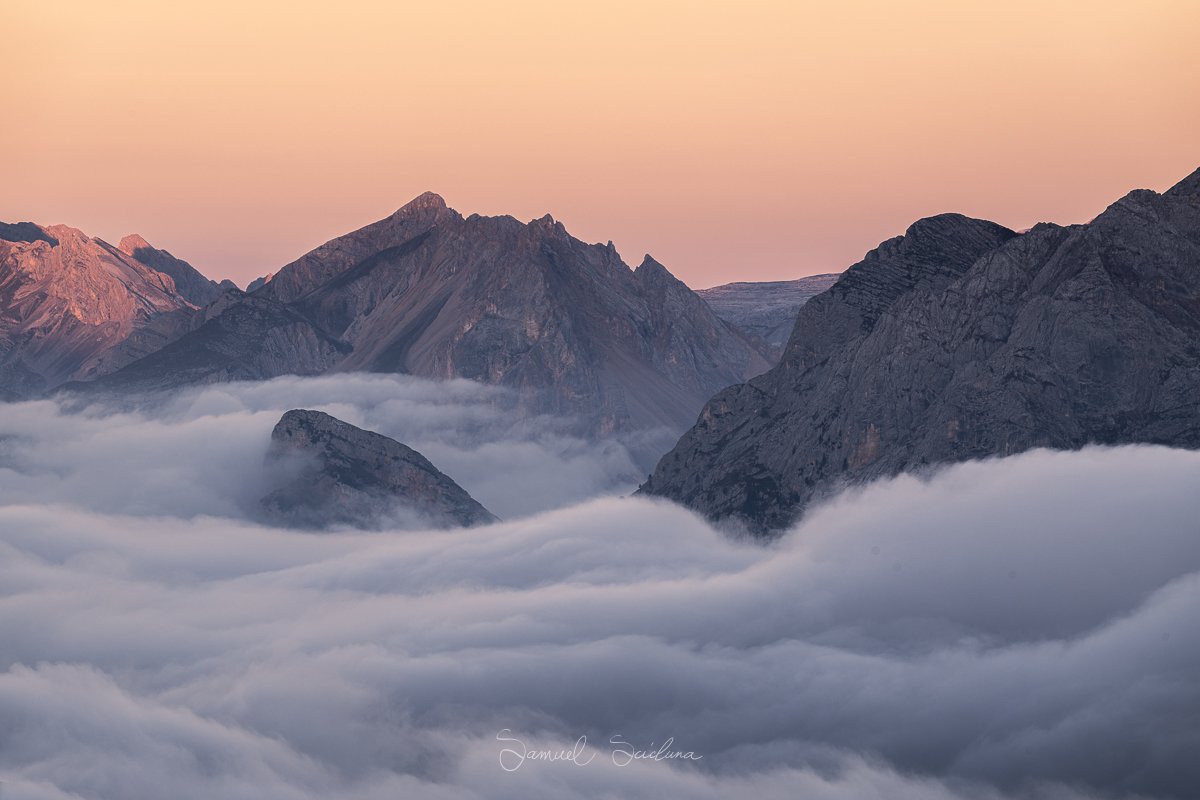
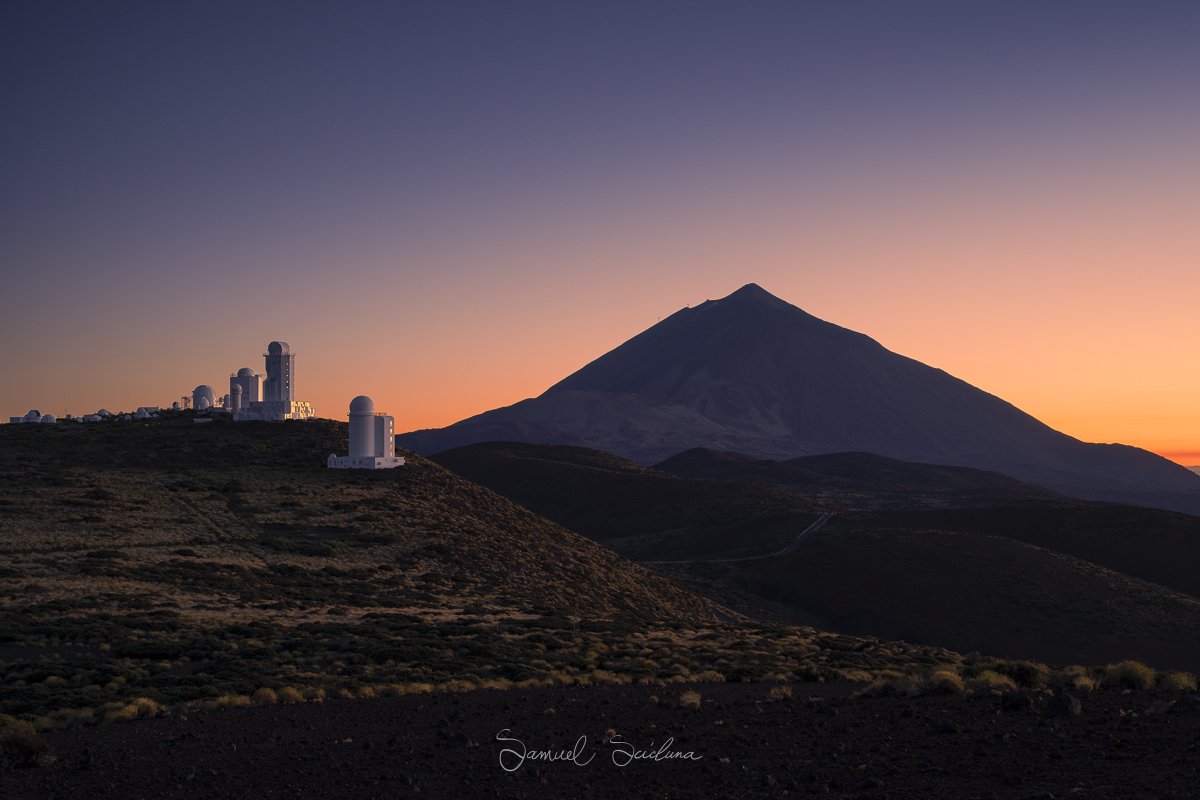


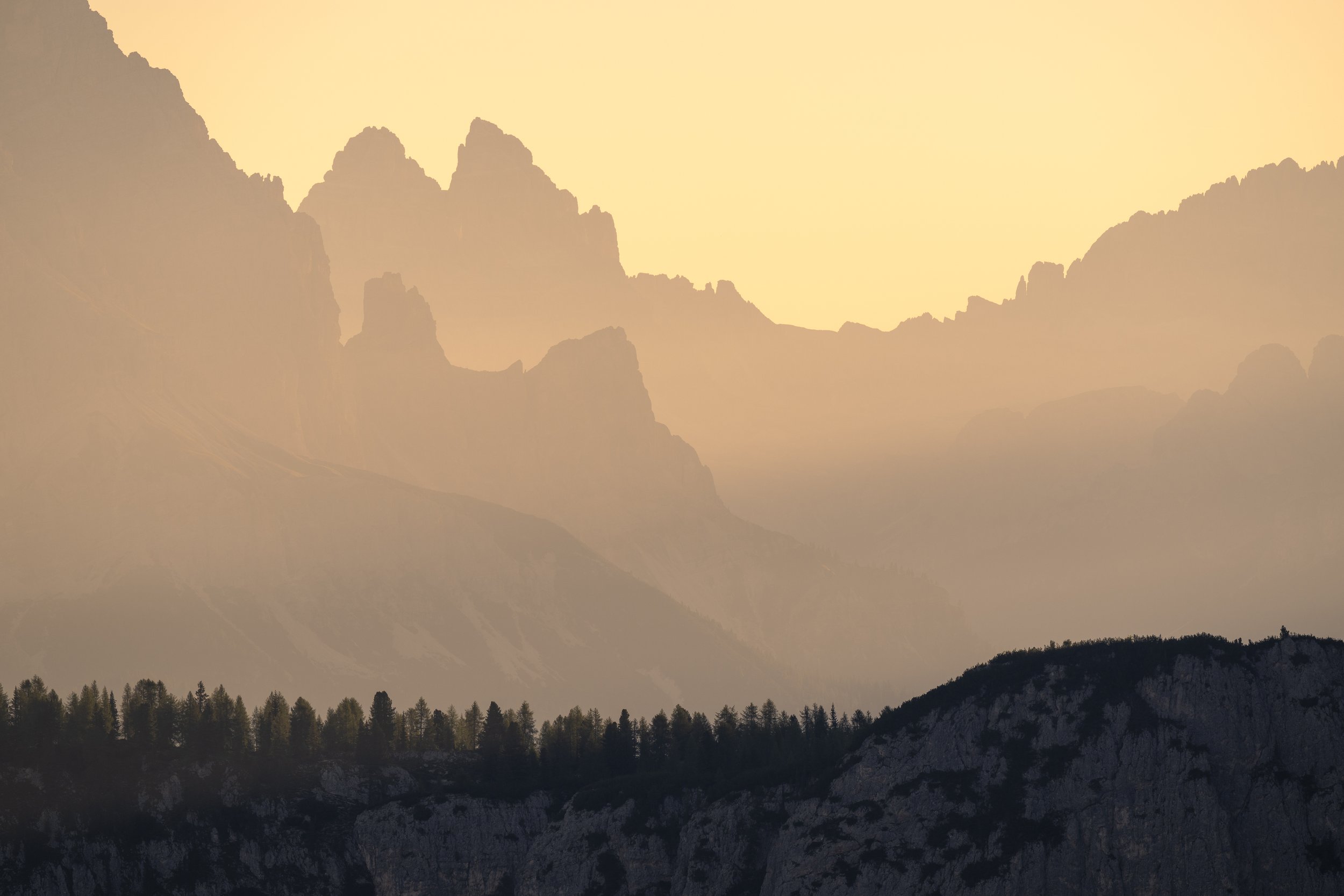






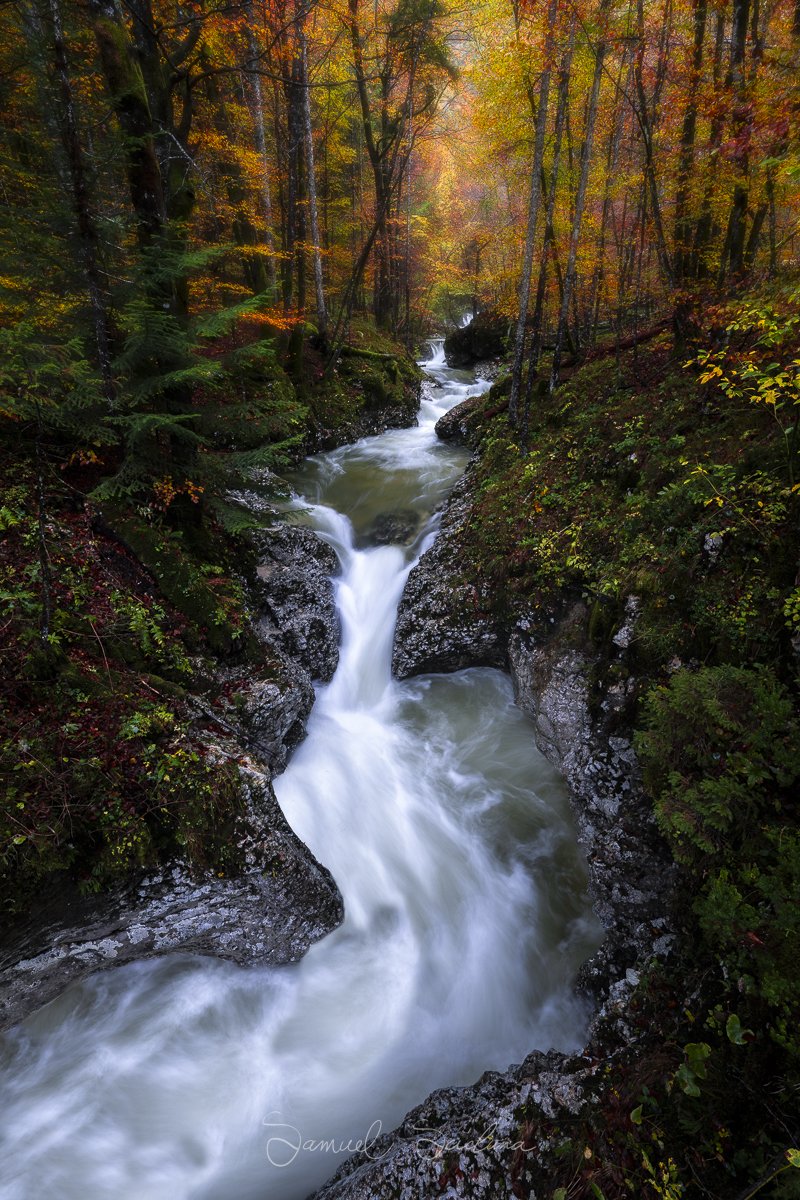


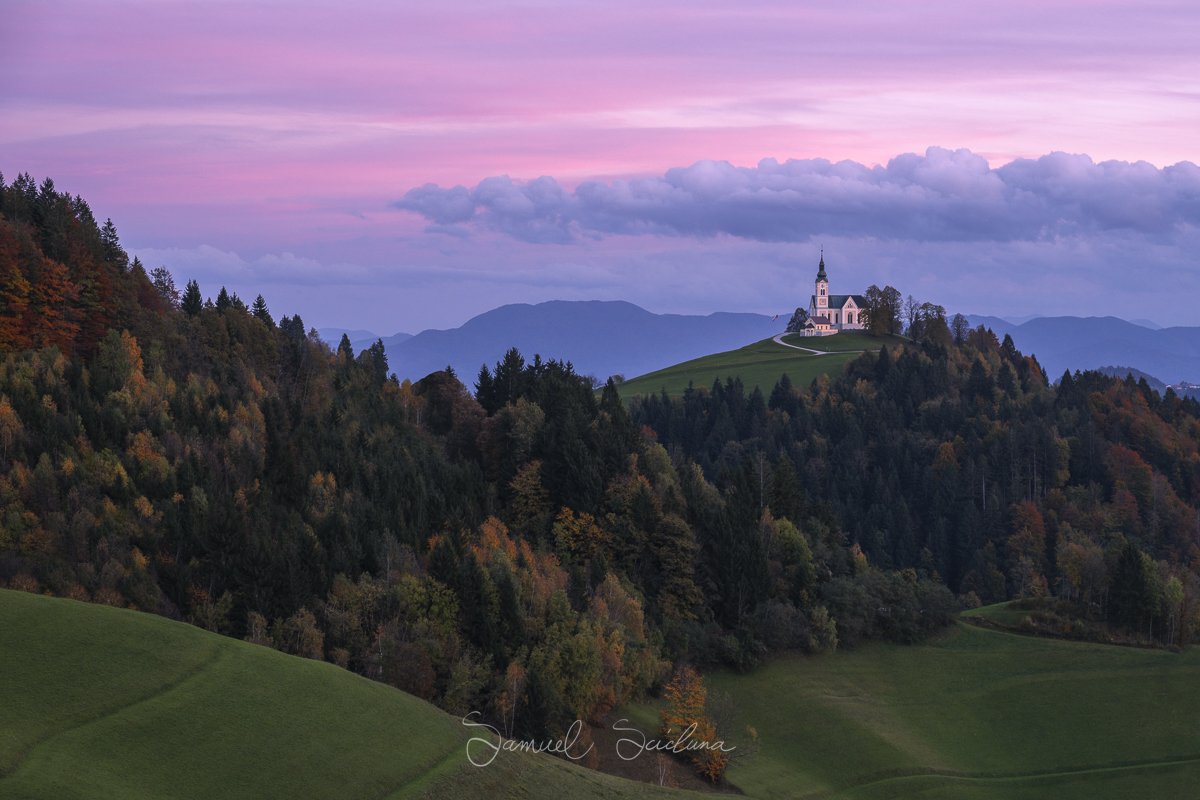


Body and handling
The Z8 is significantly smaller than the Z9, but it is also quite a bit bigger than the Z6II/Z7II. It is comparable in size to its DSLR cousin, the Nikon D850. Although Nikon has used top-of-the-range materials like magnesium alloy and carbon fiber in the Z8, it is still significantly heavier than the Z7II. Nikon claims that the Z8 is weather-sealed to the same degree as the Z9.
Two issues were identified with some of the first models released to the public, with Nikon issuing a recall and fixing all potentially affected cameras free of charge (As you would expect).
The grip and layout of the buttons and dials remind me of the Nikon D850, meaning it will feel familiar to existing Nikon users. The Z8 has the same viewfinder as the Z9, the low-lag feed obtained using the parallel readout of the Stacked CMOS sensor gives a very responsive, lifelike viewfinder experience. Like many high-end Nikons, the Z8 has buttons that can illuminate when working in low light.
Interestingly, Nikon has chosen to include two USB-C ports on the Z8, this allows the use of one port for tethering/data transfer whilst the other can be used for charging or powering the camera.

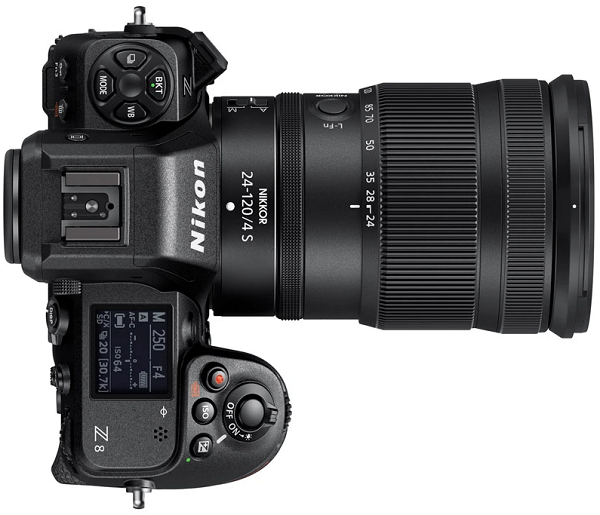


Battery Life
Existing Nikon users will rejoice at the fact that the Z8 uses the same battery as the previous mirrorless and DSLR cameras, the EN-EL15 type battery. This compatibility means anyone with other Nikon cameras using this battery will already have multiple batteries/spares. The official CIPA rating is 340 shots per charge, however, as with both the Z6II and Z7II, I frequently get 2-3 times as many shots on a single battery, depending on the type of photos I am capturing.
Initial impressions
The minimal lag in the Z8's viewfinder is impressive and is thanks to Nikon’s development of the sensor and processor. The Z9 blew me away when I used it for a few days last year, the only reason I chose not to buy one was because of its size and weight, which as a landscape photographer is a huge consideration. Interestingly, the Z8 is essentially the same camera but in a smaller and lighter body, with a more reasonable price.
I am glad that Nikon decided to use mixed card slots on the Z8, and not stick to just CF Express / XQD slots as they did on the Z9. Having 2 different media types means most people would be able to start shooting immediately without having to buy expensive cards first.
The storage media slots on the Nikon Z8 - Image courtesy of Nikon
Image quality
This is the one area that did not surprise me, I expected the Image quality to be on par with my Z7II, which it is, seeing as it uses pretty much the same sensor. Both cameras offer fantastic image quality and dynamic range, though the stacked sensor of the Z8 will offer you faster readout speeds of video and electronic shutter usage, an important consideration if you are worried about rolling shutter issues.
I have tested the Nikon Z8’s image quality across a vast range of settings, from ISO LOW to ISO 25600, the results are impressive, as they are with the Nikon Z7II. When shooting at very high ISO (Such as when shooting the Milky Way or the Northern Lights), using Lightroom’s new Denoise AI feature does a great job in reducing the noise yet maintaining detail, texture, and sharpness.
Dynamic range
The Dynamic range of the Z8 is fantastic. You can recover a lot of information from both the highlights and the shadows. Since using both the Z7II and Z8, I am finding myself using the bracketing function a lot less frequently than I did back in the DSLR days, this is a testament to the incredible Dynamic Range of this new generation of sensors.
Image stabilization
The Z8's image stabilization does a good job of stabilizing the camera if you try to hold it still on a windy/blustery day, I have found this particularly useful when shooting with longer lenses (Nikon 100-400) in places like Iceland and Lofoten where it is almost always windy!
The illuminated buttons on the Nikon Z8 - Image courtesy of Nikon
Autofocus
The Z8's autofocus system will be familiar to users of Nikon cameras and, in particular, to Nikon DSLR shooters. You're given a choice of AF area, ranging from a single point up to the full area, with the ability to specify custom sizes of rectangular AF zones between those two extremes. There's also the old '3D Tracking' function which gives you a single AF box that locks onto whatever is underneath it, and then follows it around the scene, similar to what Canon and Sony have.
Autofocus performance
As a landscape photographer and since I shoot predominantly with a tripod, I rarely use any of the fancy autofocus/tracking functions, I either focus manually or use single point AF, however, even with this minimal use, it is clear that Nikon has improved their autofocus technology, with the Z8 producing well focussed and sharp images nearly all the time.
Friends of mine that shoot Wildlife with the Nikon Z8 have said that the Z8’s autofocus rivals the Z9 and is spectacular for wild life. The combination of the lightning-fast viewfinder refresh rate and quick, sticky subject tracking is really impressive.
The new articulating screen on the Nikon Z8 - Image courtesy of Nikon
Pros
Excellent image quality in terms of resolution and dynamic range
Fast, simple, and effective AF for most subject types
Burst rate to match the latest Pro sports cameras
Extremely low-lag EVF with blackout-free shooting during bursts
Well-honed ergonomics
Variety of video modes all with well-controlled rolling shutter
Extensive range of tools and codec options for videographers
Separate USB sockets for data transfer and power delivery
Full-sized HDMI port
Cons
Big and heavy in comparison to its peers
Relatively low-resolution viewfinder
Frame rates and resolutions change significantly with codec
Variability in the effectiveness of AF detection modes
Seems expensive until you see how much Z9 you're getting
Birders will have to wait until 2024 for the promised firmware update
The Sensor Shield on the Nikon Z8 - Image courtesy of Nikon
The Nikon Z8 has the dynamic range and resolution of a landscape camera, as well as offering the speed and AF performance of a sports camera.
Although I only use the Z8 for landscape and Astrophotography, whatever type of photography you are interested in, it's hard to imagine the Z8 not performing well. The trade-off of such an incredibly capable camera with so many new functions is the larger size and weight, which is not ideal when hiking often and on expeditions where keeping the weight as low as possible is a priority.
Should I upgrade from the D850?
Anyone looking to upgrade to the Z8 from a D850 will already be used to the weight (The Z8 is slightly lighter than the D850), however, they will get a faster camera with a much more advanced AF system, with many more AF points, spread around the frame. So if you're a wildlife shooter or wedding photographer, for instance, the Z8 will shoot much faster, nail the shot more often, and provide options such as pre-burst to make sure you get the critical moment.
Should I upgrade from the Z7II?
Anyone looking to upgrade to the Z8 from a Z7II will not see an improvement in image quality and will feel the increase in weight and size, however, they will get the added functionality of the 4-axis articulating screen, the illuminated buttons, better autofocus performance and the sensor shield. Is that enough to justify the upgrade, well, that’s up to you! If you can live with the bulky size, it's hard to imagine what a better camera would have to offer.
The Weather Sealing on the Nikon Z8 - Image courtesy of Nikon
Conclusion
The Z8 is the camera I wished the Z7 and Z7II would have been when they were first announced, the illuminated buttons, 4-axis articulating screen, and the sensor shield are fantastic features and make working with the Z8 so much easier and faster! The Z8 is without a doubt the most complete camera I have ever tried and tested, this is why it has a permanent place in my camera bag. The only thing that could make the Z8 better is if Nikon fit it into the Z7 Body and named it a Z7III!






